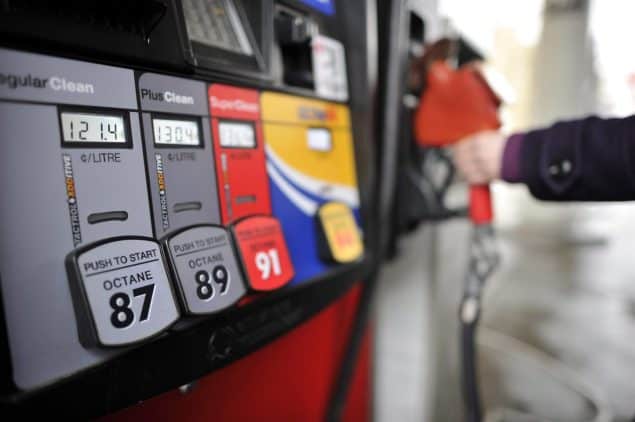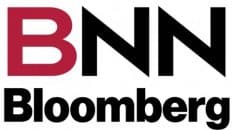It started early this year – the panic calls from the media asking for some guidance on why gasoline pump and diesel rack prices are so high and how much higher can they possibly go? When will all this madness end?
I can usually tell the time of year down to the week based on the number of these requests from various reporters and media outlets wanting immediate answers for the public.
The momentum usually begins to build in late February and peaks mid-April, but this year it’s early and I can only assume it’s due to the anxiety the pandemic is causing.
Refineries habitually go into maintenance mode at this time of year allowing for increased production of gasoline in preparation for the infamous summer driving season.
This year is different with gasoline and diesel prices already cracking the pricing ceiling with the whole roof threatening to bury the consumer with a plague of higher prices that will swell the inflationary balloon beyond recognition.
If we look at current supply and demand numbers, we must be selective in our source of the data.
Personally, I don’t rely on the accuracy or sincerity of the American Petroleum Institute (API) data as this is industry funded, and volunteered information, so these figures may be biased to the point of fulfilling self-proclaimed prophecies.
But the U.S. government information contained in the weekly Energy Information Administration (EIA) inventory report is mandated by Washington, so producers have nowhere to hide.
Another alternative would be the OPEC cartel and its band of merry men (OPEC +), but here again there could be an ulterior motive in their guestimates of inventories, spare production capacity or any capacity figures at all.
So, based on the current EIA report where are the pricing signposts pointing to? Are they continuing their trek north or heading down south?
Although gasoline inventories have shown a heathy build in the last two weeks, totalling a little over 14 million barrels, this will be drawn down quickly once refineries go into maintenance mode with less gasoline being produced.
One would think that because refiners need less crude that crude levels would increase but instead the opposite will happen. With crude prices hitting $90/bbl there is little incentive for refiners to order more crude that will only end up sitting in storage.
On the other side of the balance sheet, we will see a seasonal increase in demand for gasoline as consumers escape the holds of a merciless northern winter and as consumer confidence increases with the threat of the pandemic ebbing, or are they just beginning to ignore the threats?
Gasoline prices will also be under pressure to increase from its refinery relative, diesel, whose rack prices are now at record highs.
Inventories of distillates are 16% below the 5-year average yet demand is up 15%.
The gasoline consumers may shrug and say, “what’s that got to do with me?”
Just look at the current pump price is my answer.
At this time of year, it’s diesel that is in high demand, and what determines gasoline prices is not necessarily the price of crude.
The reverse happens in the spring when gasoline prices take control over diesel, and diesel prices then begin to fall.
Look at the calendar.
We are in the middle of a bitter winter. Spring is still wishful thinking with many more long, dark days ahead – not to mention pump prices that may keep you awake at night for the first three months of 2022.
– Roger McKnight – B.Sc., Senior Petroleum Analyst








Add comment